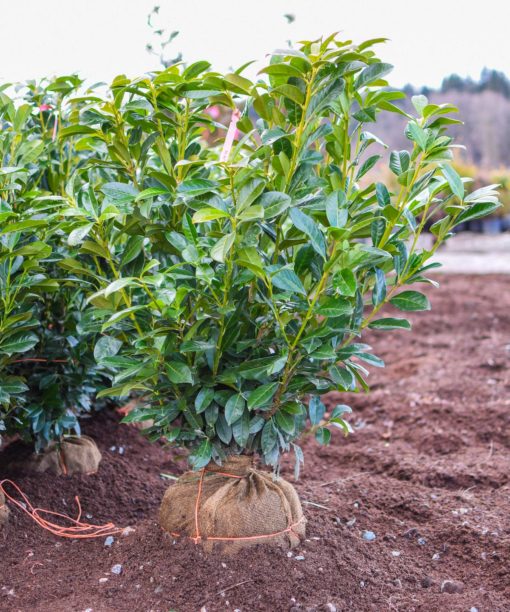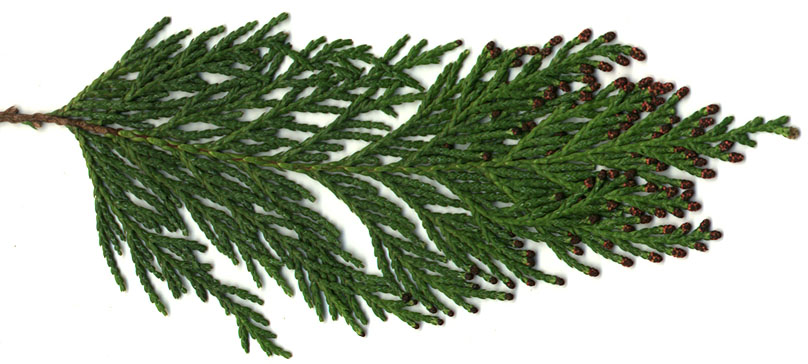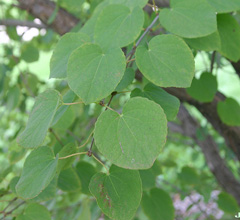


When older trees in landscapes are affected by tip blight, entire trees are seldom killed. Trees over five years old are less susceptible. The disease causes sooty pustules on the leaves, bark, and cones. Tip blight infects trees during wet weather. It is hardy in USDA zones 6 to 9 and usually grows to a height of 16 to 20 feet with multiple trunks but can be pruned to keep it smaller. In young plants, branch tips turn brown and die back until the whole branch or young tree is killed. “Tuscarora” has small, deep green or bronze-tinged rounded leaves in the spring and summer, large clusters of showy, deep coral-pink flowers in the summer, bright orange to red fall foliage and pale green, pink and reddish-brown exfoliating bark. It blooms in red in the spring, has bright, orange-red fall foliage and is hardy in USDA zones 5 to 8. I have a weeping bed out front and I was wondering what the root system is like when a Weeping Nootka Cypress tree grows. It started going brown and losing needles but the worst was the trunk - the bark was covered with breaks, peeling and bleeding sap all over.

The garden centre where I got it from replaced it a few months later. Its deeply dissected, lacy leaves are purple-red when they emerge in the spring then change to green with hints of purple. Hi everyone, last year I had one of these beautiful trees start dying within weeks of being planted. Latin Name: Chamaecyparis nootkatensis Pendula Description: Very unusual with its pendulous branches and upright habit. “Dissectum Atropurpureum” or “Ever Red” Japanese maples (Acer palmatum “Dissectum Atropurpureum”) and “Tuscarora” crape myrtles (Lagerstroemia indica “Tuscarora”) are deciduous trees with multi-season interest that thrive under the same growing conditions as “Pendula.” “Dissectum Atropurpureum“ grows to a height and width of 6 feet with unusual contorting branches. Weeping Nookta False Cypress Weeping Nookta False Cypress.


 0 kommentar(er)
0 kommentar(er)
